Choreographer: Alexander Ekman, Edward Clug, Jiři Kylián
A thrilling virtuosity of a ballet triptych by Alexander Ekman, Edward Clug in Jiři Kylián
A Swedish choreographer Alexander Ekman is undoubtedly one of the most intriguing authors of his generation. His thought-provoking imagination centres mainly on contemporary symptoms of a modern human. Through unusual sense of humour and frequent employment of the element of surprise, Ekman conceived his ballet Left Right Left Right essentially as a study of movement that concentrates on accurateness, time and rhythm. Similarly, at least in terms of a final effect, Edward Clug has staged his ballet Handman for the NDT 2 to a music of repetitive structures by Milko Lazar. A dynamic platform, created by music, gives Clug an appropriate canvas, where he can reinvent all series of various dance elements, reactivating them through intense handwork. Furthermore, a sparkling humour and a profound sense for detail have undeniably contributed to Edward Clug’s nomination for the prestigious “Benois de la danse” award in 2017. Almost three decades ago, Jiři Kylián used Steve Reich’s minimalist music score for his choreography Falling Angels of 1989. This thought-provoking choreographic constellation, conceived for eight female dancers, stems from tribal African impulses and depicts sacrifice every woman has to make in order to become a ballet dancer. Through extensive use of percussion effects, unpredictable turns and rise of physical power, a majestic, yet almost cruel and breath-taking vision of beauty emerges and captivates the soul of the viewer.


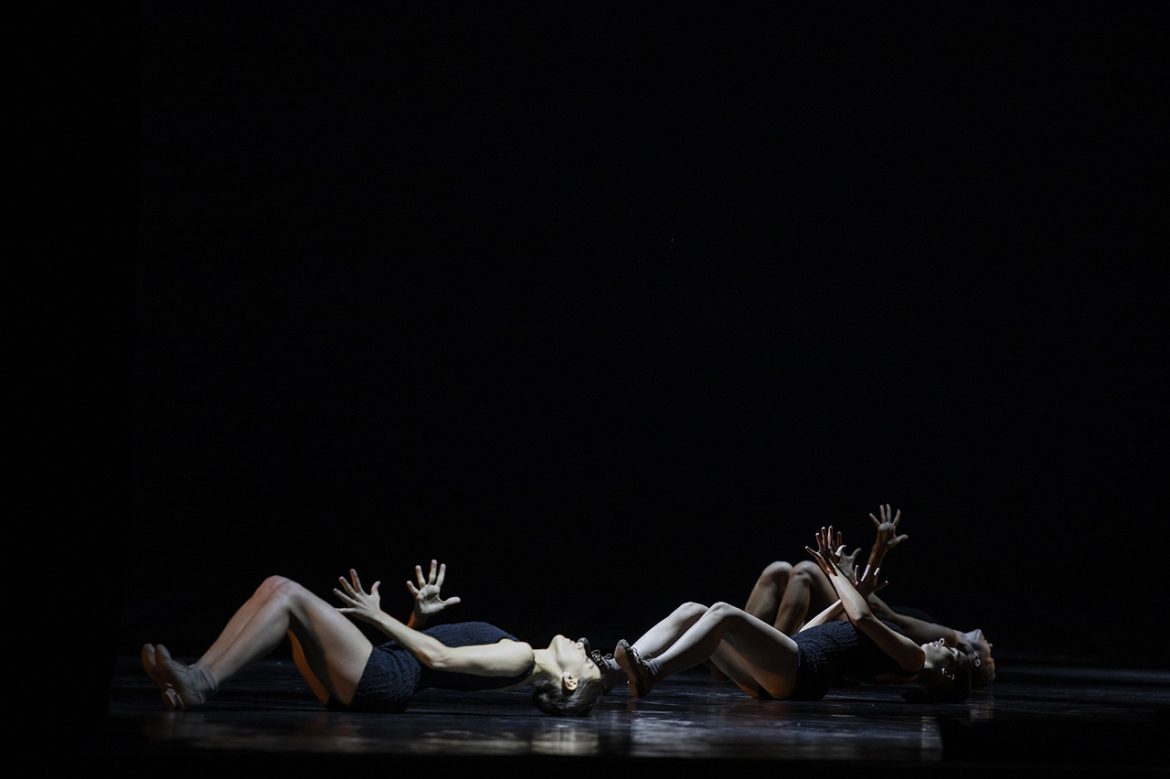

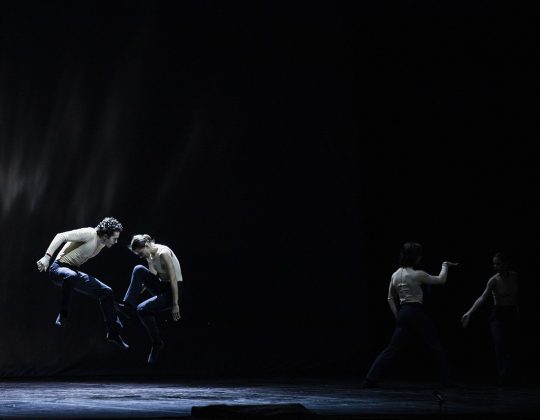
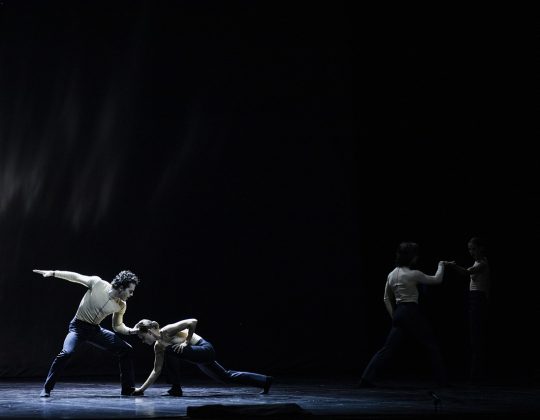
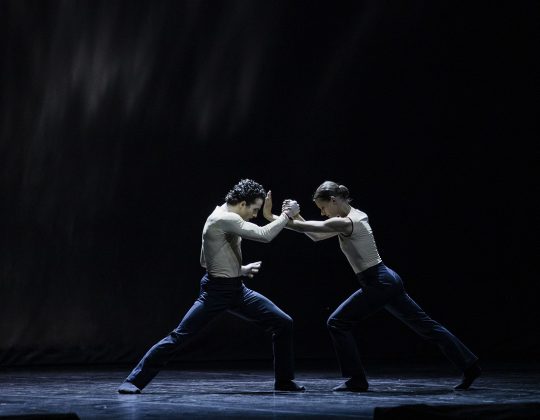
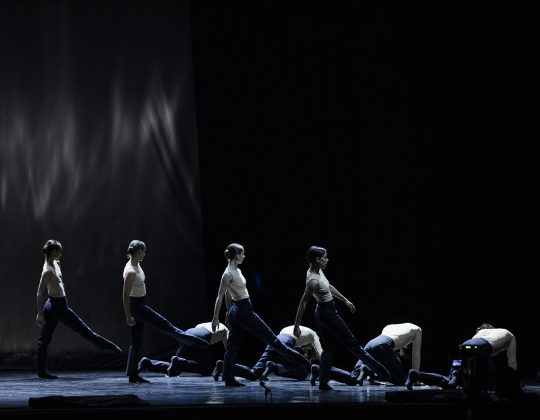

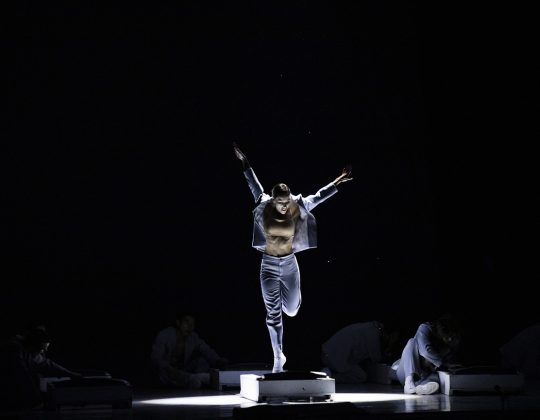
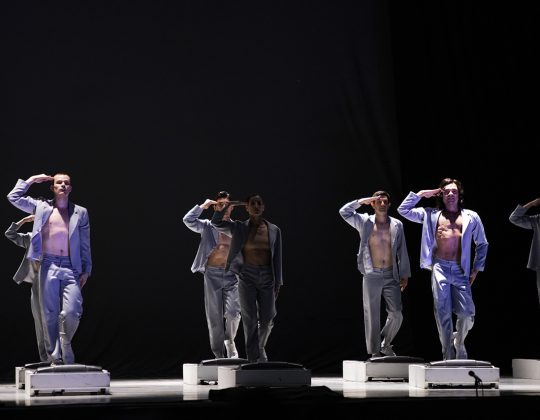
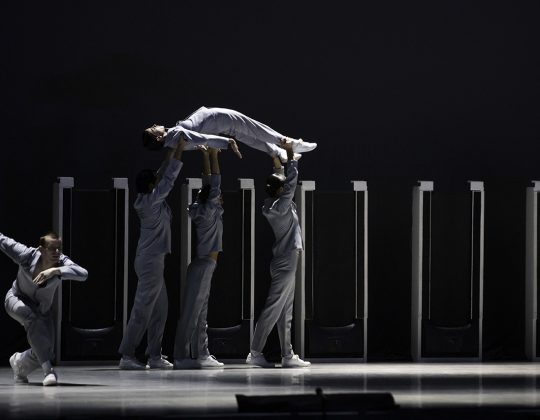
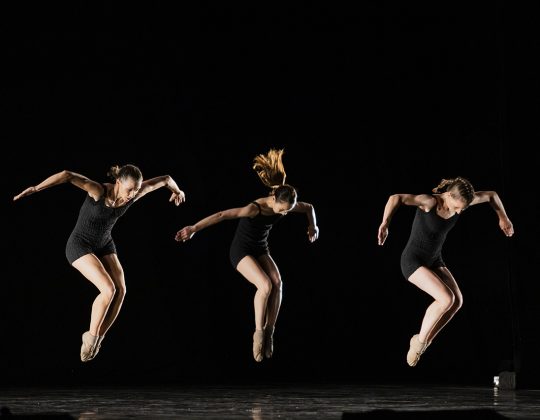
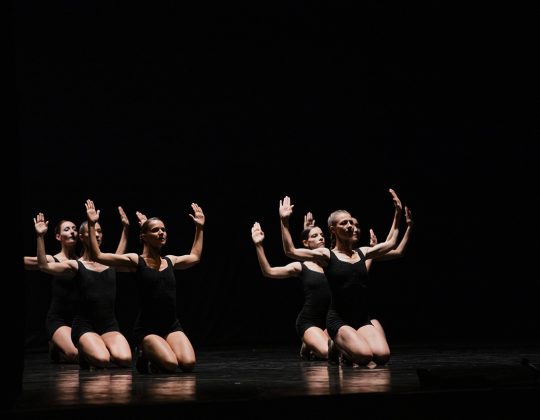

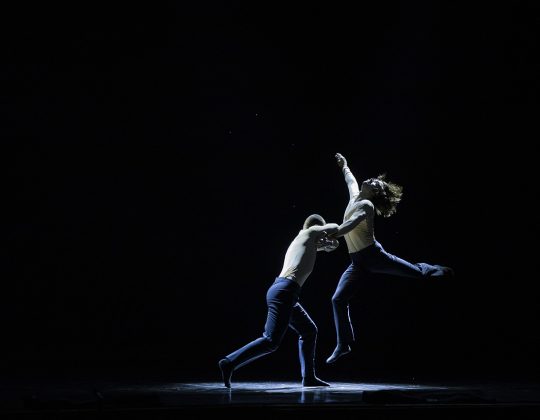
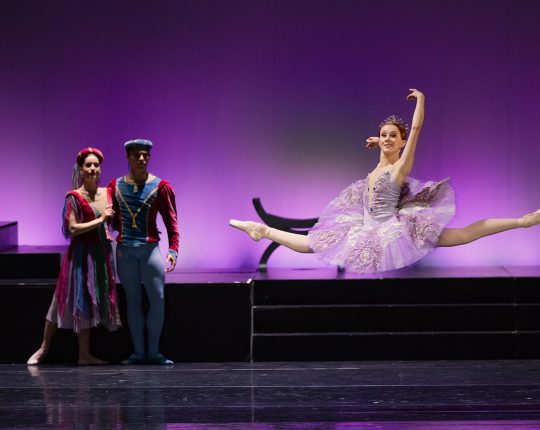
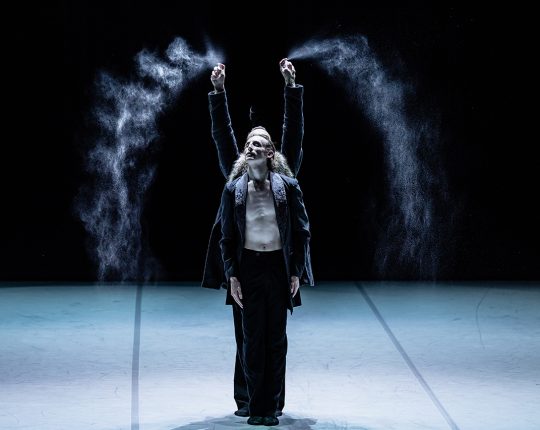

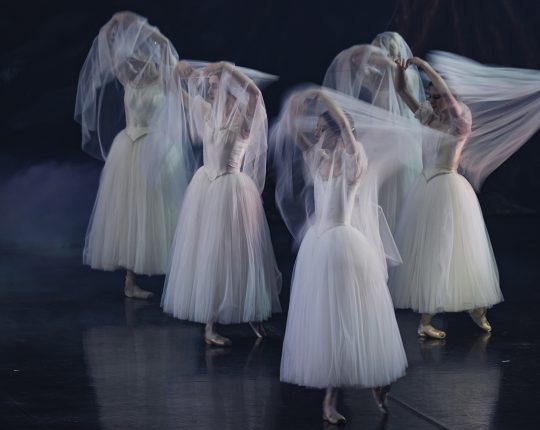


0 comments